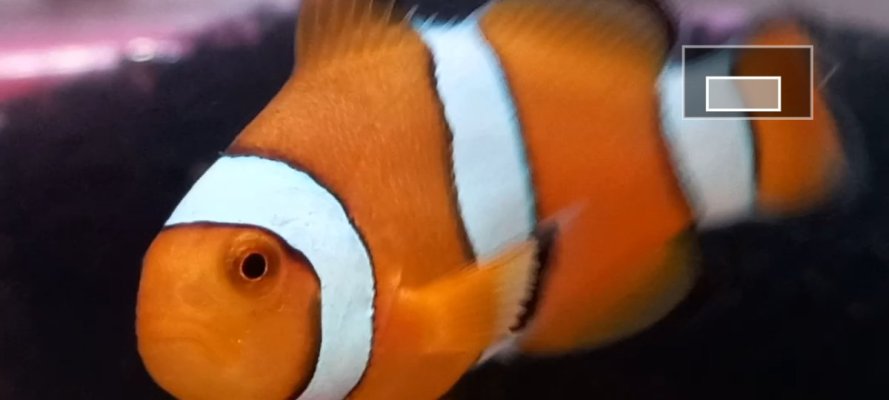Hi, I have been continuing daily observation, and I have a slight concern about the clownfish. It is similar to what is in the reply that I quoted, and I have noticed a new white spot / patch on it
It's only properly visible when I film or picture of it and harder to see with the naked eye, and also appears a tiny bit elevated from the skin from some angles
Hard to say how long this has been there, as there is still the spots that I mentioned in the quoted reply, I noticed that they have slowly changed throughout a few weeks but like you said is most likely scale damage, I just hope this is the same. I don't know if I am just looking for issues at this point but any patch of white I see always worries me, and the one today for sure caught my eye
really hope this is not ich again, just want to get my fish back in the DT. I literally only have 2 fish, and planning on adding 1 more after QT



That doesn't look like marine ich to me. Clownfish are so prone to scale damage from scrapping with one another that I don't worry about a spot here or there, as long as they don't act like ich spots. What I mean by that is with ich, the trophont stage is what causes the white spot. Trophonts are visible on a fish for up to around 3 days. If you see spots that come and go in that time frame, changing in relative number, then that is most likely ich. A spot that stays in the same location at the same size for 5+ days isn't ich. It also isn't any of the other parasitic diseases.
Jay



















